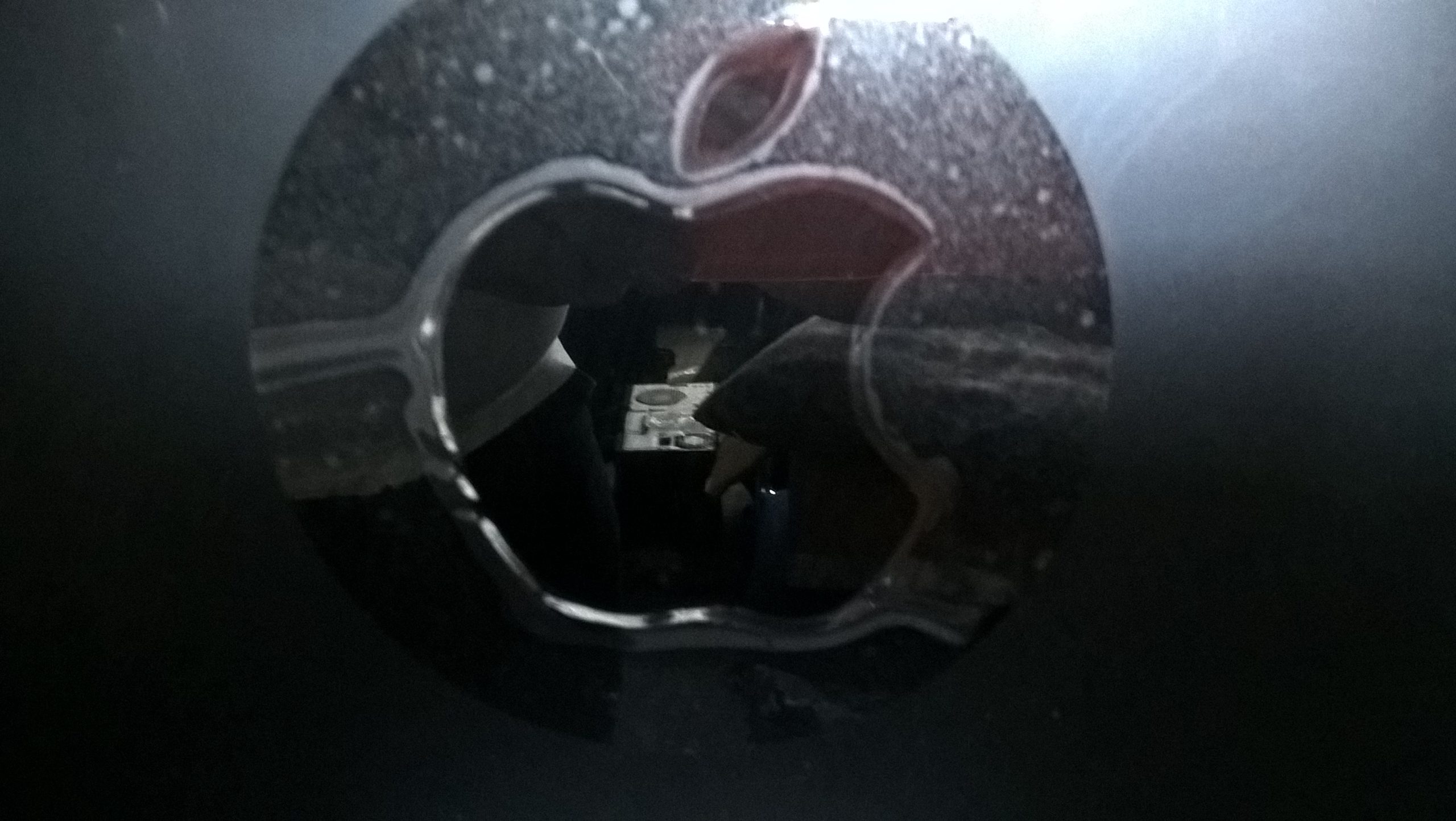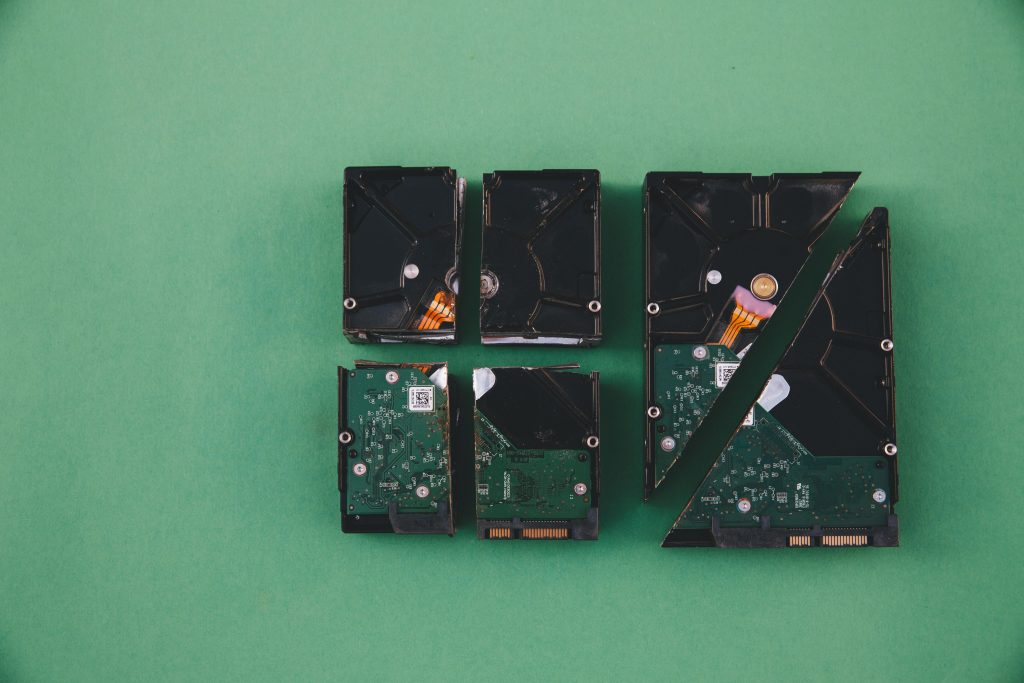The Consequences of Neglecting Your Server: A Cautionary Tale
Today, we encountered a profoundly unfortunate situation involving a client’s server that suffered a catastrophic failure, leading to the loss of crucial data. Despite our repeated warnings over the past three years about the potential risks, the inevitable happened.
The dual hard drives failed after several years of evident strain. Upon inspection, the server’s indicator lights were so dim that they could be mistaken for being inoperative. This included the LED that signals hard drive errors, which was equally unhelpful in diagnosing the issue.
In a bid to salvage the situation, we attempted to reconstruct the RAID 10 array, but, unfortunately, the damage to the remaining drive made that impossible. The last successful backup was performed just two days prior, and while we are focused on extracting the essential files, the reality is that the backup may also be compromised.
The server was running on Windows Server 2008, which presents additional challenges. We now face the necessity of establishing a new Active Directory and migrating all computers to this fresh setup. This process is not only labor-intensive but will ultimately incur significant costs for our client.
Reflecting on this situation, one must question whether it was truly worth risking critical operations by using a server that exceeded three times its expected lifespan—resulting in weeks of downtime while we await the arrival of a new server from our workshop.
The key takeaway here is clear: cutting corners on essential infrastructure, such as your company’s primary server, can lead to severe repercussions.
As an aside, we were taken aback by the state of the server itself; it appeared to be the dirtiest we’ve ever encountered. It made us wonder if someone had been smoking in the server room!
In conclusion, we urge businesses to prioritize their technology needs and invest accordingly. Protecting your data is paramount, and waiting until a disaster strikes is far too late. Take proactive measures to ensure the reliability and longevity of your equipment.
Share this content:



